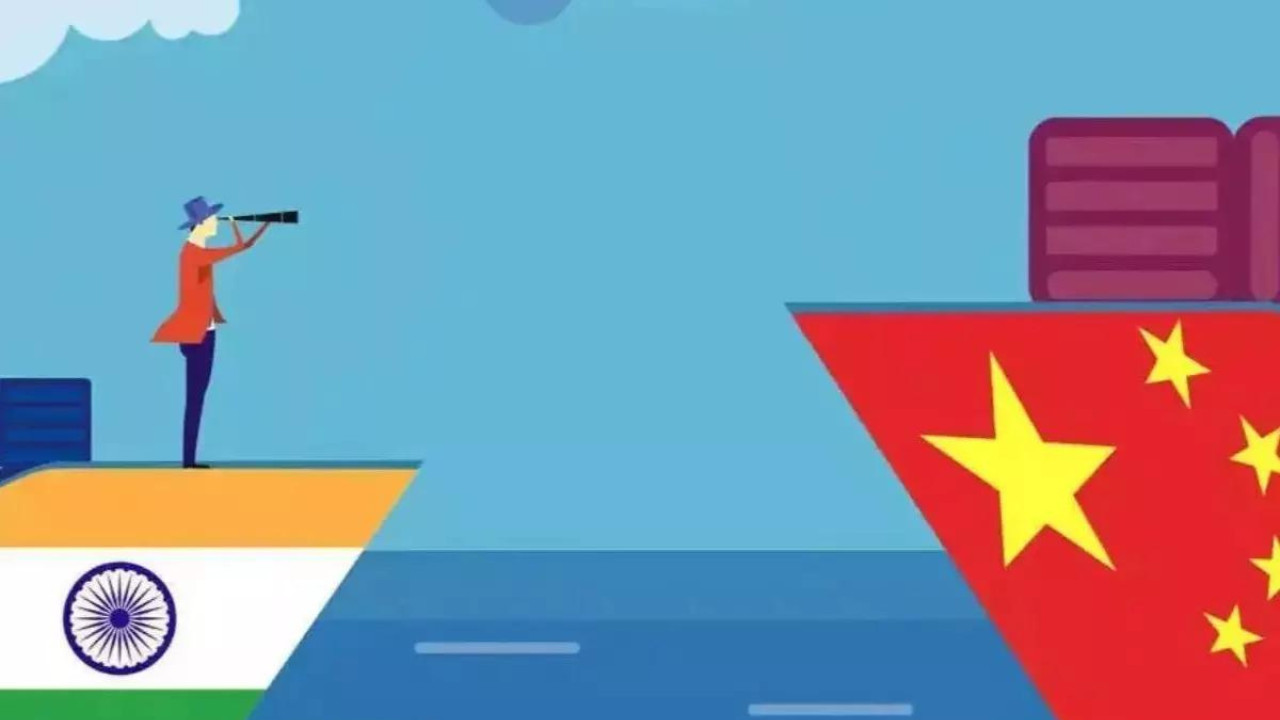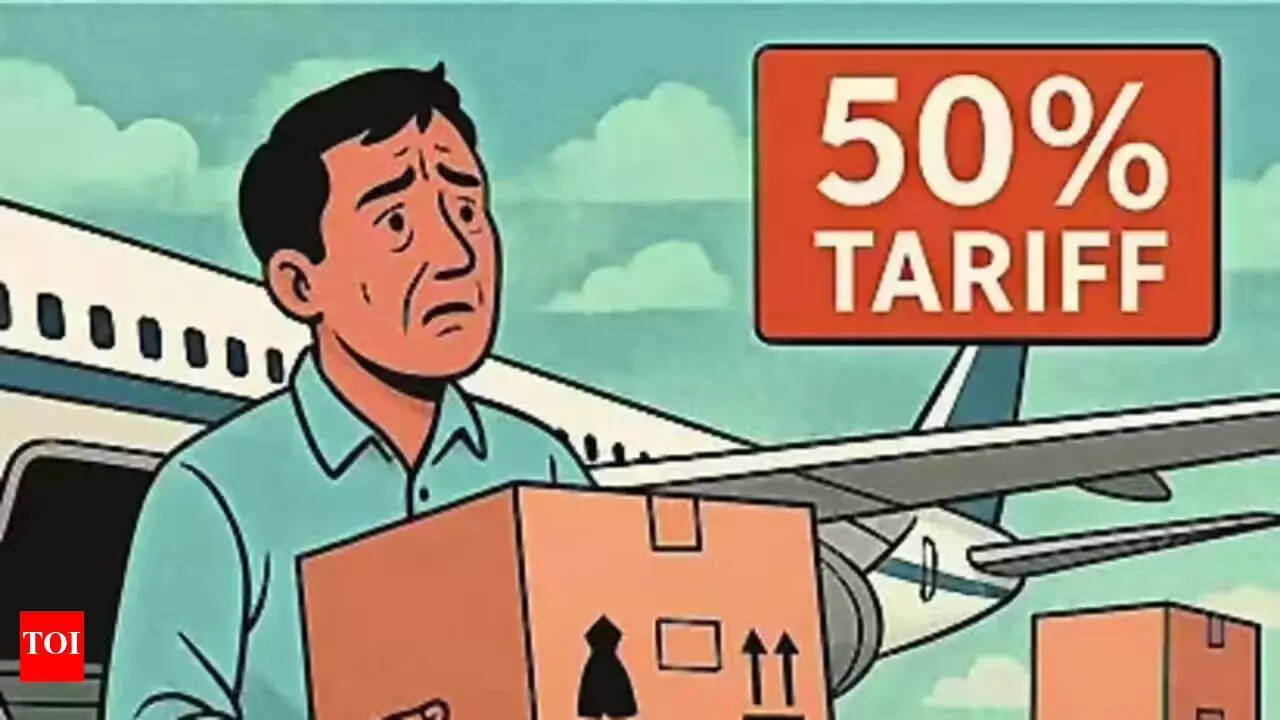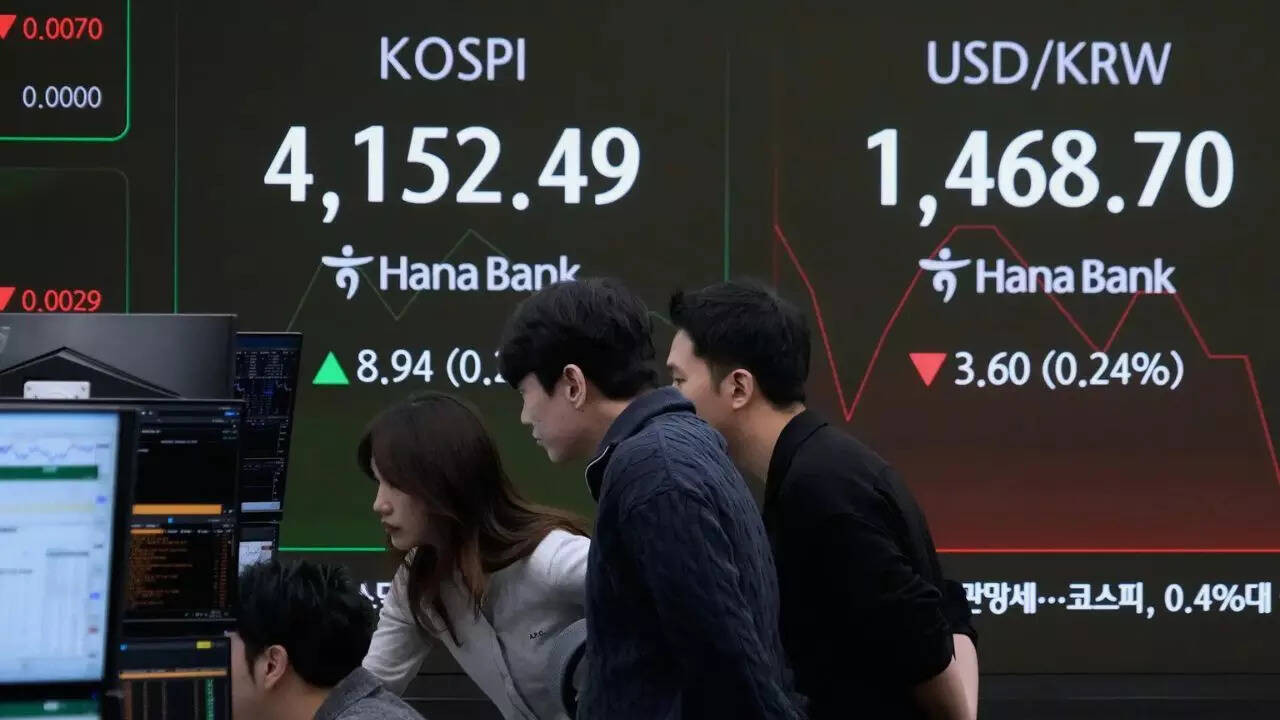India-China trade has grown, but a significant trade deficit favoring China persists, raising concerns in India. Despite increased exports, imports from China far outweigh them, leading to a widening gap. This dependence on Chinese goods, particularly in key sectors, poses economic and strategic challenges for India, prompting measures to boost domestic manufacturing and diversify supply chains.
The Great Balancing Act: Navigating India’s Trade Deficit with China
The economic landscape between India and China is a complex tapestry, woven with threads of opportunity, competition, and, lately, a widening trade deficit. The latest figures paint a stark picture: for the fiscal year 2024-25, the gap swelled to a staggering $99.2 billion. That’s a significant number, one that raises questions about economic dependencies and the strategic path forward. But beyond the headlines, what does this mean for Indian businesses and consumers? And what steps are being taken to reshape this dynamic?
This isn’t just about numbers on a spreadsheet. It’s about the flow of goods, the creation of jobs, and the overall resilience of the Indian economy. For years, Chinese goods have flooded the Indian market, often at prices that domestic manufacturers struggle to match. This influx has undoubtedly benefited consumers with affordable options, but it has also presented a formidable challenge to local industries striving to compete.
Why the Widening Gap? Understanding India-China Trade Dynamics
Several factors contribute to this imbalance. One major piece of the puzzle is the nature of the goods being traded. India’s exports to China often consist of raw materials and intermediate products, while China’s exports to India are predominantly finished goods with higher added value, such as electronics, machinery, and pharmaceuticals. This inherently creates a situation where China’s export value dwarfs India’s.
Another critical element lies in the manufacturing capabilities and economies of scale that China has developed over decades. Their sophisticated production infrastructure and massive output capacity allow them to offer competitive pricing, making it difficult for Indian companies to gain ground in certain sectors.
Furthermore, non-tariff barriers, sometimes subtle and difficult to quantify, can hinder Indian exports to China. Navigating regulatory hurdles and meeting specific standards can be complex and time-consuming for Indian businesses looking to penetrate the Chinese market.

Strategies for Course Correction: Reducing Dependence and Boosting Local Production
The Indian government recognizes the need to address this imbalance and is actively pursuing a multi-pronged strategy to reduce dependence on Chinese imports and bolster domestic manufacturing. A key component of this strategy is the “Make in India” initiative, which aims to transform India into a global manufacturing hub. This involves attracting foreign investment, simplifying regulations, and investing in infrastructure development to create a more conducive environment for local businesses.
There’s also a concerted effort to identify and promote sectors where India possesses a competitive advantage. This includes industries like pharmaceuticals, textiles, and engineering goods, where focused support and strategic policies can help Indian companies expand their market share, both domestically and internationally. For instance, the Production Linked Incentive (PLI) scheme offers financial incentives to companies that increase domestic production in specific sectors, encouraging them to scale up their operations and compete more effectively.
Another crucial aspect is diversifying India’s trade relationships. While China remains a significant trading partner, India is actively exploring opportunities to strengthen ties with other countries and regions, such as the United States, Europe, and Southeast Asia. This diversification helps to reduce reliance on any single market and create a more resilient and balanced trade portfolio. This strategy ties in closely with India’s Free Trade Agreement negotiations, as we discussed in [our earlier article about India’s trade policies](internal-link-to-related-content).
A Path to Balanced Growth
Addressing the India-China trade deficit isn’t an overnight fix. It requires a sustained and strategic effort involving government policies, private sector innovation, and a shift in consumer preferences. By focusing on strengthening domestic manufacturing, diversifying trade partnerships, and removing barriers to exports, India can move towards a more balanced and sustainable economic relationship with China. The journey may be long and challenging, but the potential rewards – a more resilient and self-reliant economy – are well worth the effort.
Ultimately, the goal is not to eliminate trade with China entirely, but to create a level playing field where Indian businesses can thrive and contribute to a more equitable and prosperous future.







